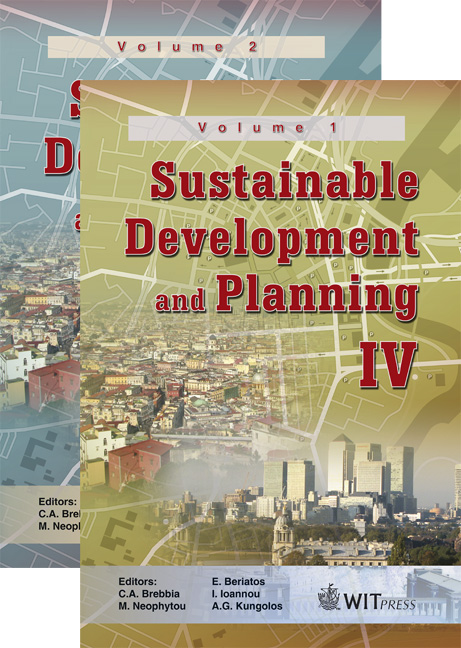Ventilation Characteristics Of The Built Environment And Their Effects On The Urban Microclimate
Price
Free (open access)
Transaction
Volume
120
Pages
11
Page Range
271 - 281
Published
2009
Size
1,266 kb
Paper DOI
10.2495/SDP090271
Copyright
WIT Press
Author(s)
P. A. Fokaides, C. N. Markides & M. Neophytou
Abstract
The thermal conditions within cities, as well as the energy efficiency of buildings, are determined by the urban climate, which is in turn influenced by the thermal-fluid characteristics of the built environment and particularly transfer effects to the atmosphere. A good example of this interaction is the urban heat island phenomenon. In this case heat generated from urban activities has a direct impact on the urban microclimate, resulting in increased night time temperatures and a reduction in the observed temperature range. In order to understand the interaction between the built environment and the urban microclimate, one needs to consider: 1. The energy efficiency of the built environment and mainly the phenomena of heat transfer through radiation. 2. The ventilation capability of the urban environment and the effects of different building geometries. The study presented in this paper is concerned with the ventilation of the built environment and involves Particle Image Velocimetry (PIV) measurements under street canyon flow conditions in a flow channel. Keywords: street canyon, urban heat island, Particle Image Velocimetry (PIV).
Keywords
street canyon, urban heat island, Particle Image Velocimetry (PIV).





